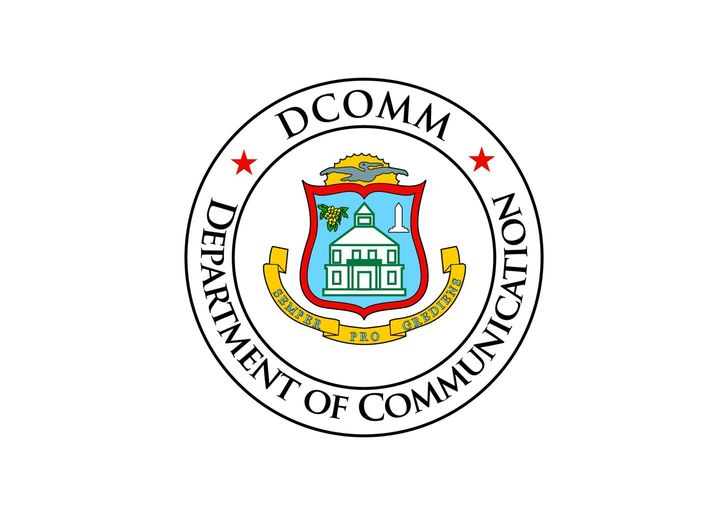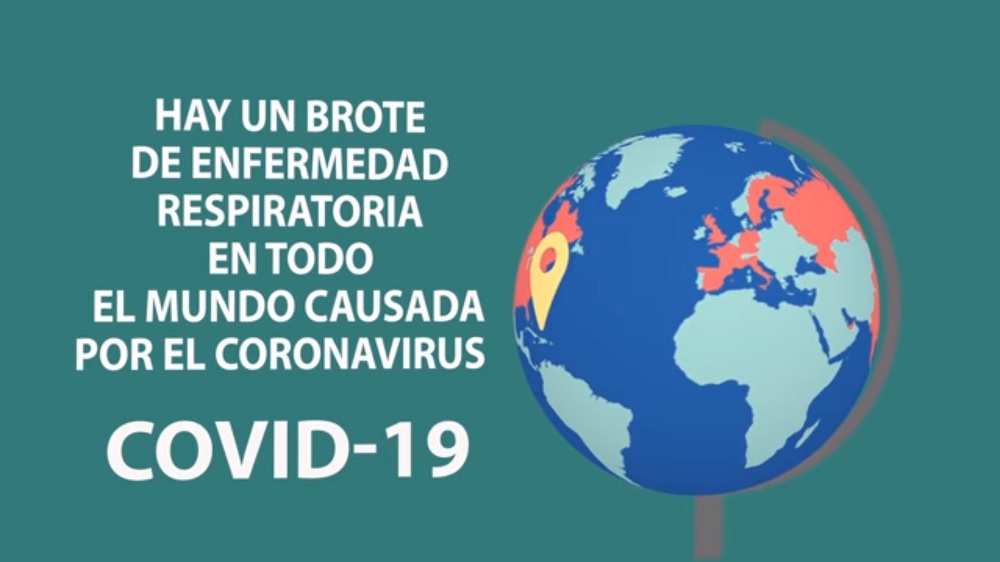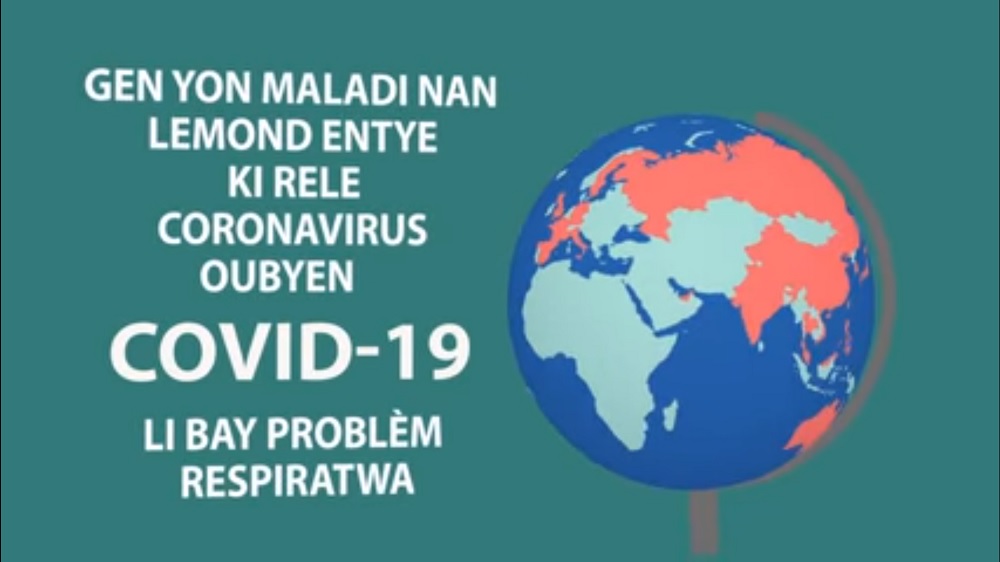ODM: Your pets and livestock also need to be a part of Hurricane Season Planning
GREAT BAY, Sint Maarten (DCOMM) – Households and livestock owners also need to plan for their pets and cattle/goats for the 2023 Atlantic hurricane season, the Office of Disaster Management (ODM) said on Thursday.
ODM adds, if you leave your pets behind, they could get injured or lost, therefore, you should have a storm-ready ‘pet/livestock plan’ in place to keep your pet happy and comfortable. Pets are an important member of a household.
Remember, it only takes one hurricane to make it a bad season. Be prepared by having a ‘pet/livestock plan!’
Some aspects of your pet/livestock plan should entail, firstly, a pet/livestock (s) should never be chained outdoors during the passing of a storm/hurricane. Hurricane shelters cannot accept pets/livestock.
If you plan to leave your home before a hurricane strikes and are not able to take your pets with you, you should put your pet (s) in the safest room and leave adequate water and food for several days.
If you do not want to leave your pet home alone, make alternative arrangements with family or friends, and check with your veterinarian/animal hospital.
Your pet plan and basic survival kit should have the following: food for a minimum of seven days or more; water for seven days or more; medicines/medical record; registration/vaccination documents.
A pet first aid kit (cotton bandage rolls, bandage tape and scissors; antibiotic ointment; flea and tick prevention; latex gloves; and cleaning alcohol for a wound).
Collar or harness with an ID tag and a leash; a crate or pet carrier (e.g., for a cat) in case you need to evacuate your home.
Sanitation: depending on the type of pet you have, make sure you have sufficient litter, paper towels, plastic trash bags, and household chlorine bleach.
Regarding livestock, ODM is urging livestock owners to review their plans on how they will secure their livestock in the event of a hurricane strike.
Livestock owners should make sure that their animal holding areas and other infrastructure are able to sustain a hurricane strike. Any loose material that is currently not in use should be securely fastened in order to avoid damage to property and endangering human lives during the passing of a hurricane.
The following tips should be taken into consideration: Don’t keep your cattle in a barn or stable structure. This is to prevent injury from flying debris. If the barn/stable collapses, cattle have no chance to save themselves. Relocate livestock to a predetermined safe area and ensure that they have access to hay, pasture, clean water, and a safe area or high ground above flood levels.
If you have chicken cages, these should be reinforced. Medical supplies and a first aid kit should be kept on hand.
Store drinking water for a number of days. Also have an adequate supply of feed.
The community is urged to learn more about hurricane hazards and resources you need on how to prepare your family, home, or business for a storm/hurricane strike by visiting the Government website: www.sintmaartengov.org/hurricane where you will be able to download your “Hurricane Season Readiness Guide’ and “Hurricane Tracking Chart.” The information here is also valuable for new residents.
Listen to the Government Radio station SXMGOV – 107.9FM - for official information and news before, during and after a hurricane. You can also follow weather related news and information as well as national addresses by the Prime Minister, chairlady of the Emergency Operations Center (EOC) by going to @SXMGOV Facebook Page.
For official weather-related information, check out the website of the Meteorological Department of St. Maarten (MDS): www.meteosxm.com or visit their social media page Facebook.com/sxmweather/










